Dorothy Hepworth and Patricia Preece: Bloomsbury’s untold story
‘Dorothy Hepworth and Patricia Preece: An Untold Story’ is a new exhibition at Charleston in Lewes, UK, that charts the duo's creative legacy

The story behind Dorothy Hepworth and Patricia Preece’s paintings ought to be better known than it is – something a new exhibition, ‘Dorothy Hepworth and Patricia Preece: An Untold Story’ at Charleston in Lewes (the East Sussex property’s town-centre gallery) aims to put right.
After meeting at London’s Slade School of Art in 1918 the two women – both of them artists, one magnetic and flamboyant, the other shy but a prolific artist – would go on to forge a radical queer and creative partnership that would span a rich body of work over several decades: still lifes, drawings, and portraits. As far as the public was concerned these were Preece’s works; Hepworth, however, was secretly the artist.
This was a deception that would fool the art world – including Bloomsbury Group alumni Roger Fry, Vanessa Bell and Duncan Grant (Preece was well known in Bloomsbury circles) – until 1996. Now, the new exhibition charts Hepworth and Preece’s creative legacy not only through their work but also through a rich body of archival material – and, for the first time, correctly attributes Hepworth’s own work to her.
How Dorothy Hepworth and Patricia Preece fooled the art world
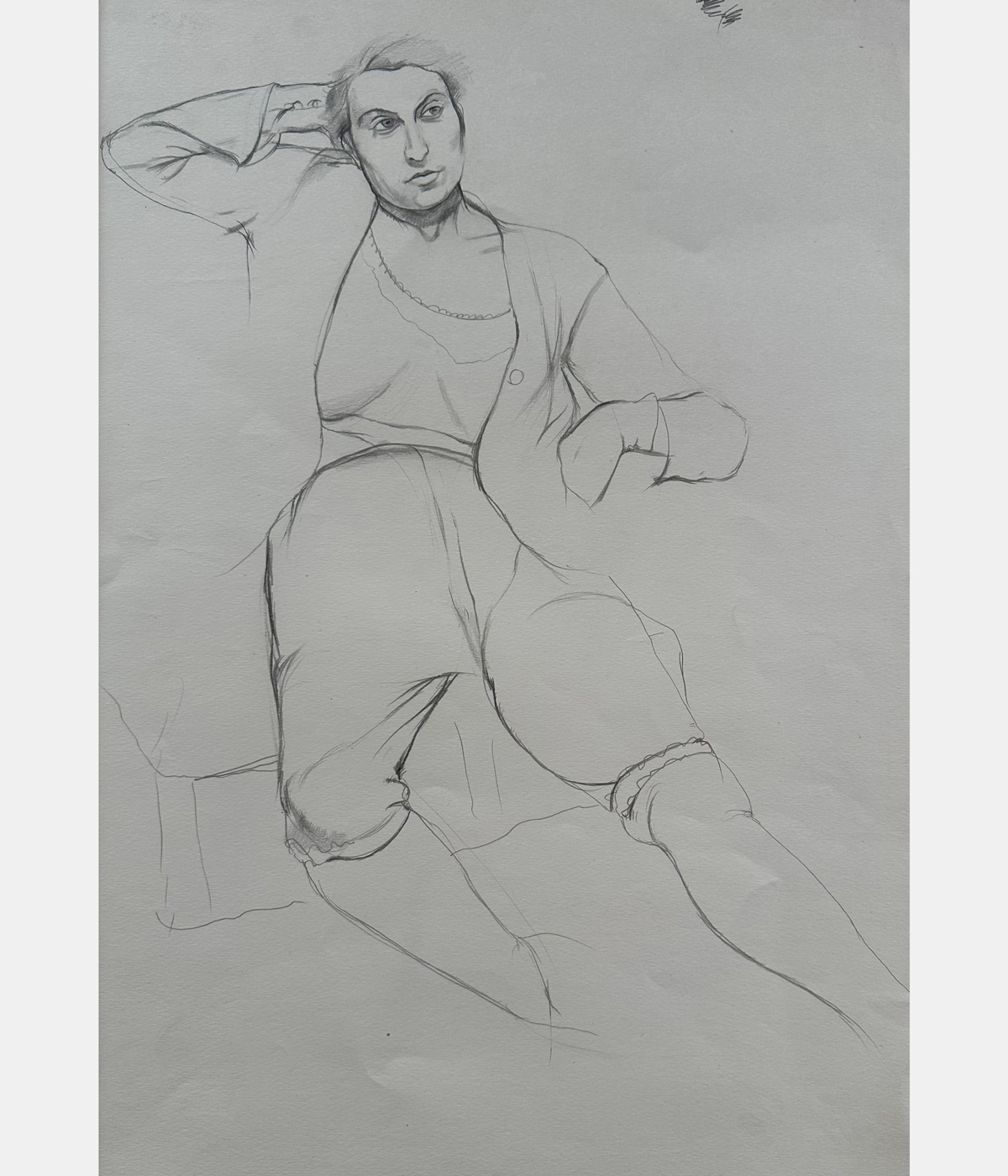
Patricia Preece seated, by Dorothy Hepworth and Patricia Preece, drawing
After Slade, the women moved to Paris to study at the Académie Colarossi, painting alongside luminaries such as Henry Moore and Cedric Morris. Here, Hepworth would spend the next few years refining her style, incorporating sharp lines, sinuous forms, bold brushstrokes and vibrant colours into her works, just like her Post-Impressionist contemporaries. Her still lifes, in particular, show traces of André Lhote's early cubist influence, but this was a style Hepworth would later abandon in pursuit of her own. Bold colour is sparse in her work after this point, save for the rare splashes of verdant green and lurid blues. Instead, most of Hepworth’s paintings are grounded by an earthier, more subdued palette, perhaps mirroring the artist’s reticence to fully unleash her potential.
Although Hepworth’s body of work spanned a wide array of subjects, it was always the female form to which she returned. Preece was her ultimate muse and the subject of countless portraits and nudes, each image radiating a soft sensuality. When the women moved to Cookham, Berkshire, in 1927, Preece would also serve as inspiration to painter Stanley Spencer, whom she would later marry.
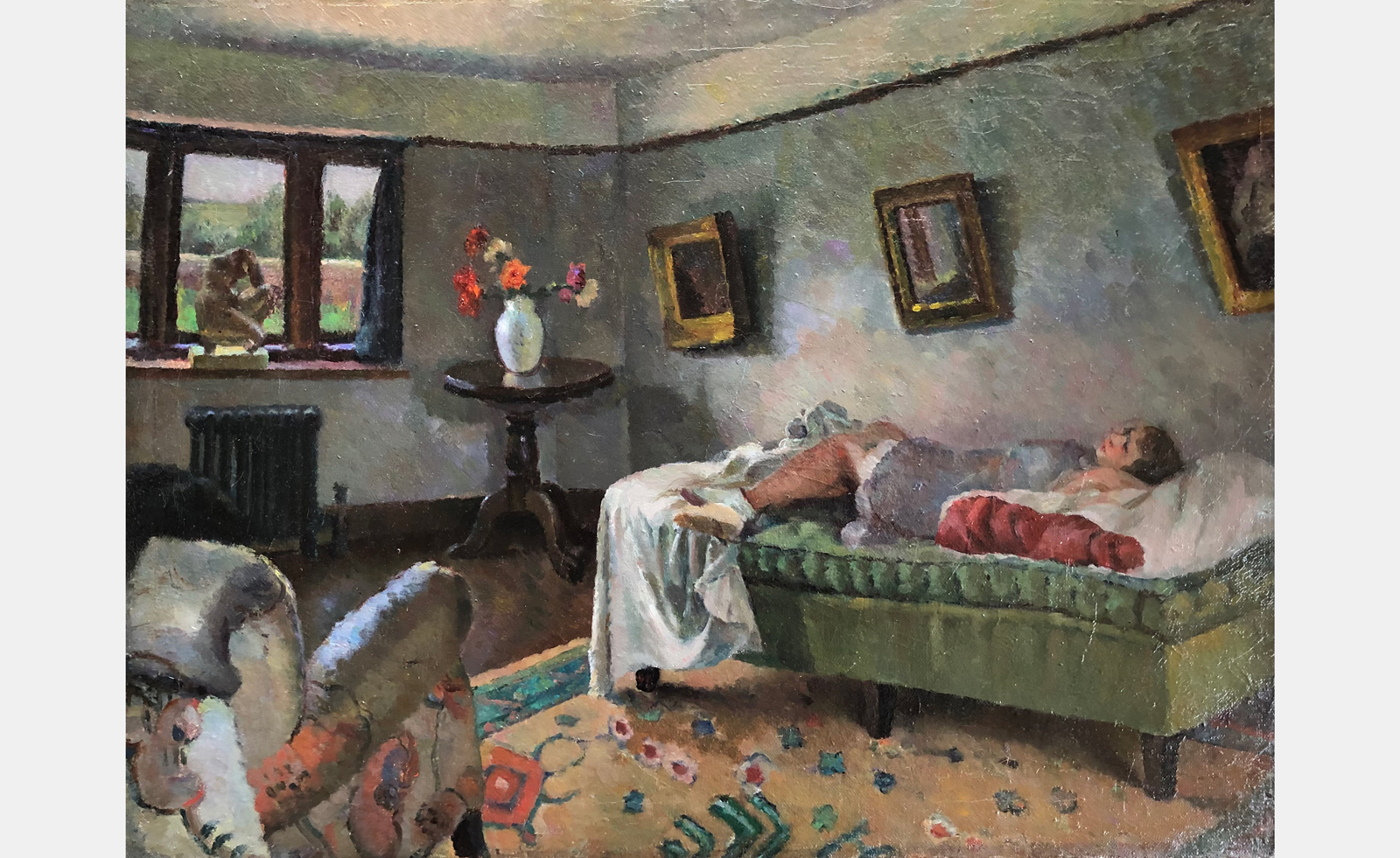
The Green Divan, by Dorothy Hepworth and Patricia Preece, oil on canvas
Through Spencer’s art, letters and photographs, the show makes no secret of the artist, his wife and her lover’s love triangle (more a square, if we are to consider that Spencer was still married to his first wife, Hilda Carline, when he first met Preece). His unrelenting obsession with Preece is evident in the exhibition’s display of Spencer’s portraits of her; Patricia at Cockmarsh Hill (1935) stands out as perhaps the most telling, as the artist superimposed a wedding ring on her finger, two years before they actually married. Preece continued living with Hepworth throughout her marriage, and the two were even buried in the same grave, with a headstone reading: ‘United in life and in death’.
Although the precise motive behind their hoax – Preece’s marriage, the missigned portraits – isn’t entirely clear, curator Emily Hill suggests that it allowed them to create something meaningful together. Just as Hepworth’s love of Preece shines through in each and every portrait, so does the gravity of her loss after Preece’s passing in 1966. Hepworth's last self-portrait, rendered in sombre, subdued hues, vividly captures her grief, as she continued to paint. Twelve years after her lover’s death, Hepworth would still sign the work as Preece.
Receive our daily digest of inspiration, escapism and design stories from around the world direct to your inbox.
‘Dorothy Hepworth and Patricia Preece: An Untold Story’ is on view from 27 March – 8 September 2024 at Charleston in Lewes, UK

Girl with Yellow Dress, by Dorothy Hepworth and Patricia Preece, c.1929, oil on canvas
Katie Tobin is a culture writer and a PhD candidate in English at the University in Durham. She is also a former lecturer in English and Philosophy.
-
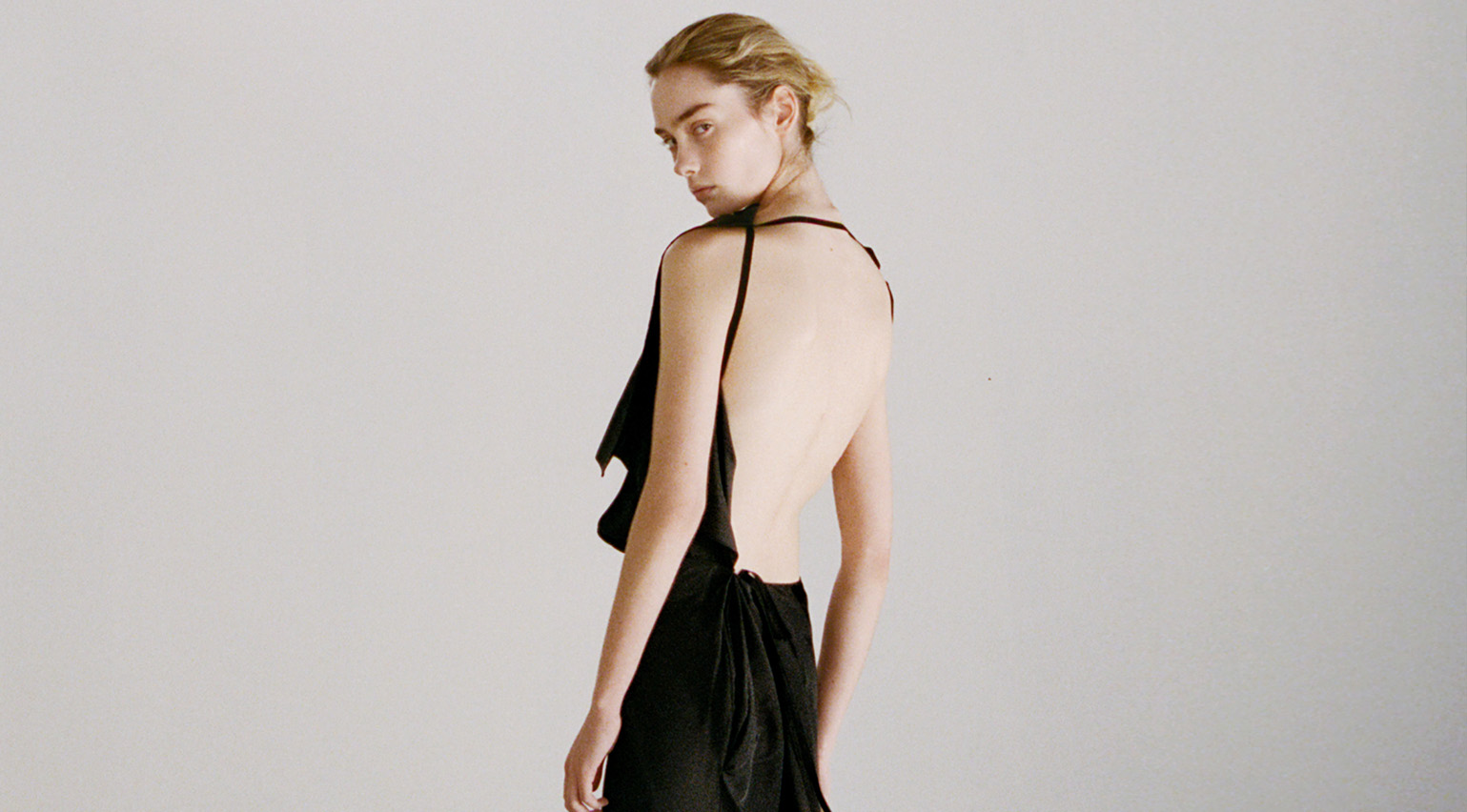 Colleen Allen’s poetic womenswear is made for the modern-day witch
Colleen Allen’s poetic womenswear is made for the modern-day witchAllen is one of New York’s brightest young fashion stars. As part of Wallpaper’s Uprising column, Orla Brennan meets the American designer to talk femininity, witchcraft and the transformative experience of dressing up
-
 A new Korean garden reimagines tradition for the 21st century
A new Korean garden reimagines tradition for the 21st centuryThe new Médongaule Korean Gardens in Gyeonggi Province explore the country’s rich tradition; within it, the Seongok Academy Building provides a layered spatial experience drawing on heritage and a connection with nature
-
 Ten out-of-this-world design exhibitions to see in 2026
Ten out-of-this-world design exhibitions to see in 2026From contemporary grandes dames to legends past, and ‘non-human’ design: here are ten design exhibitions we’re looking forward to seeing in 2026
-
 Riccardo Dalisi’s first UK retrospective opens at east London gallery Spazio Leone
Riccardo Dalisi’s first UK retrospective opens at east London gallery Spazio LeoneSpazio Leone draws together six decades of the Italian visionary’s work, from whimsical coffee pots to radical community workshops
-
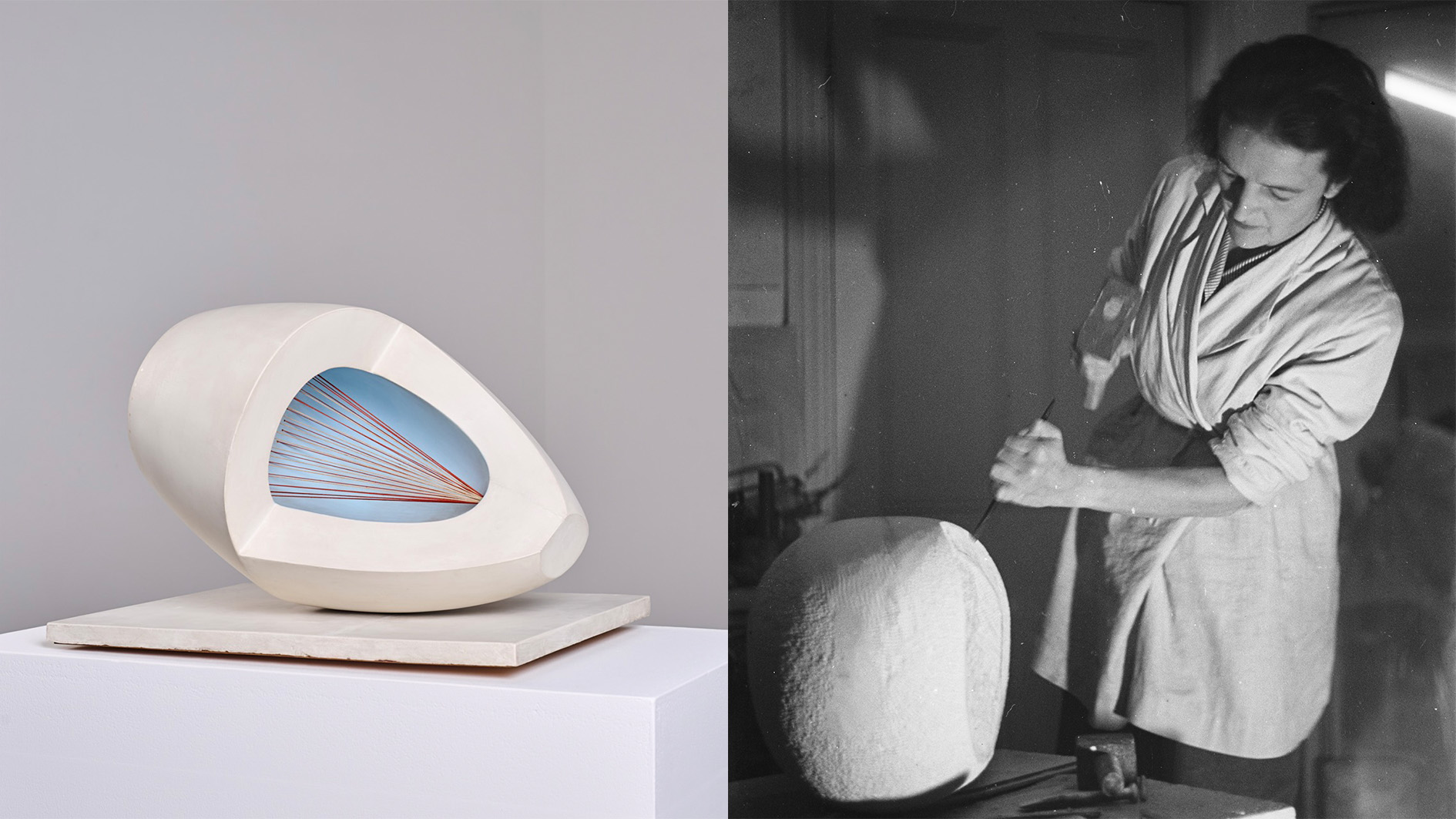 Inside the fight to keep an iconic Barbara Hepworth sculpture in the UK
Inside the fight to keep an iconic Barbara Hepworth sculpture in the UK‘Sculpture with Colour’ captures a pivotal moment in Hepworth’s career. When it was sold to an overseas buyer, UK institutions launched a campaign to keep it in the country
-
 Thirty-five years after its creation, Lynn Hershman Leeson’s seminal video is as poignant as ever
Thirty-five years after its creation, Lynn Hershman Leeson’s seminal video is as poignant as everLynn Hershman Leeson’s 'Desire Inc', at 243 Luz in Margate, blurs the boundaries between art and reality
-
 A bespoke 40m mixed-media dragon is the centrepiece of Glastonbury’s new chill-out area
A bespoke 40m mixed-media dragon is the centrepiece of Glastonbury’s new chill-out areaNew for 2025 is Dragon's Tail – a space to offer some calm within Glastonbury’s late-night area with artwork by Edgar Phillips at its heart
-
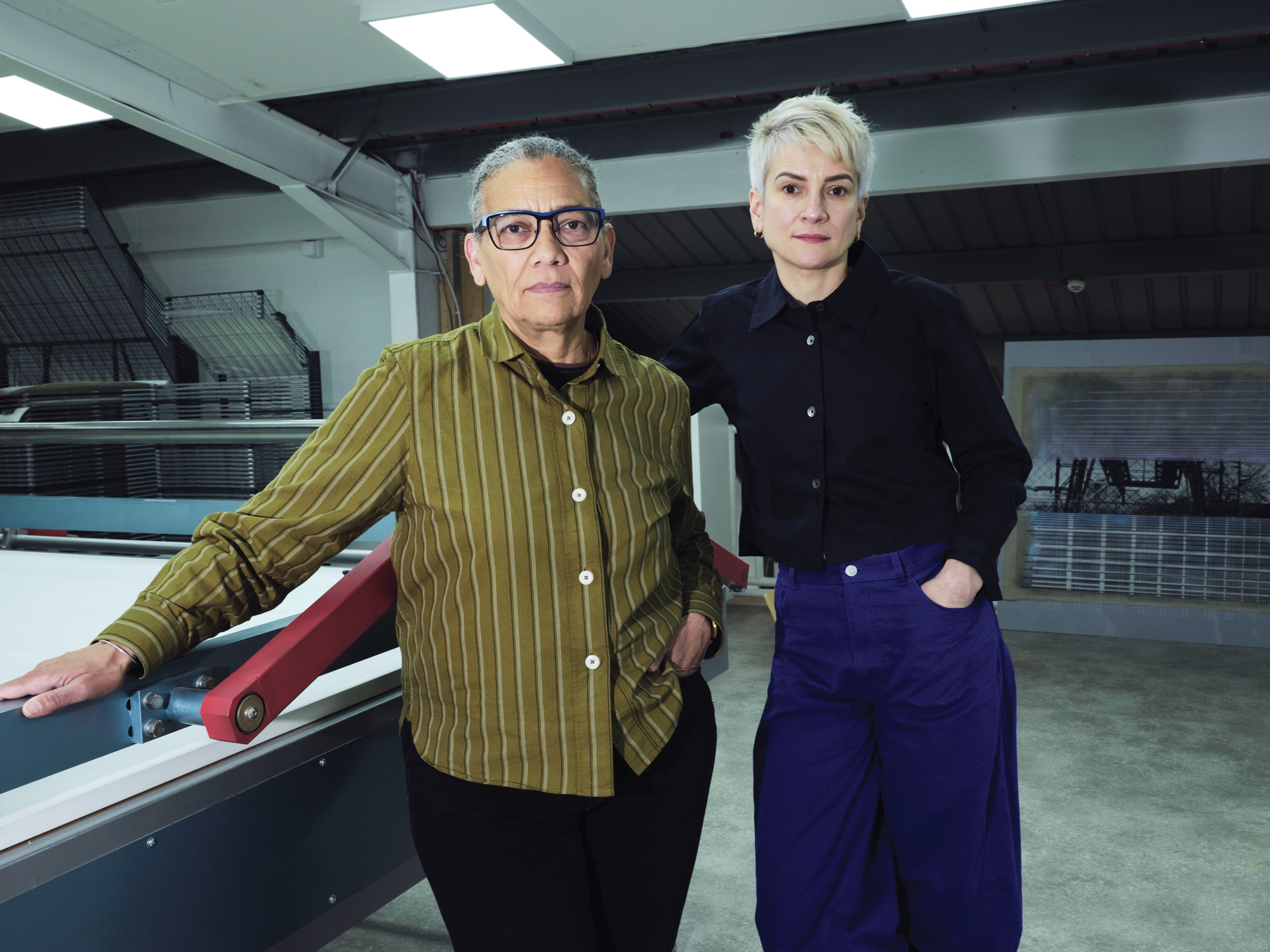 Lubaina Himid and Magda Stawarska’s new show at Kettle’s Yard will uncover the missing narratives in everyday life stories
Lubaina Himid and Magda Stawarska’s new show at Kettle’s Yard will uncover the missing narratives in everyday life storiesThe artists and partners in life are collaborating on an immersive takeover of Kettle’s Yard, Cambridge, in an exhibition that delves into a lost literary legacy
-
 See the fruits of Niki de Saint Phalle and Jean Tinguely's creative and romantic union at Hauser & Wirth Somerset
See the fruits of Niki de Saint Phalle and Jean Tinguely's creative and romantic union at Hauser & Wirth SomersetAn intimate exhibition at Hauser & Wirth Somerset explores three decades of a creative partnership
-
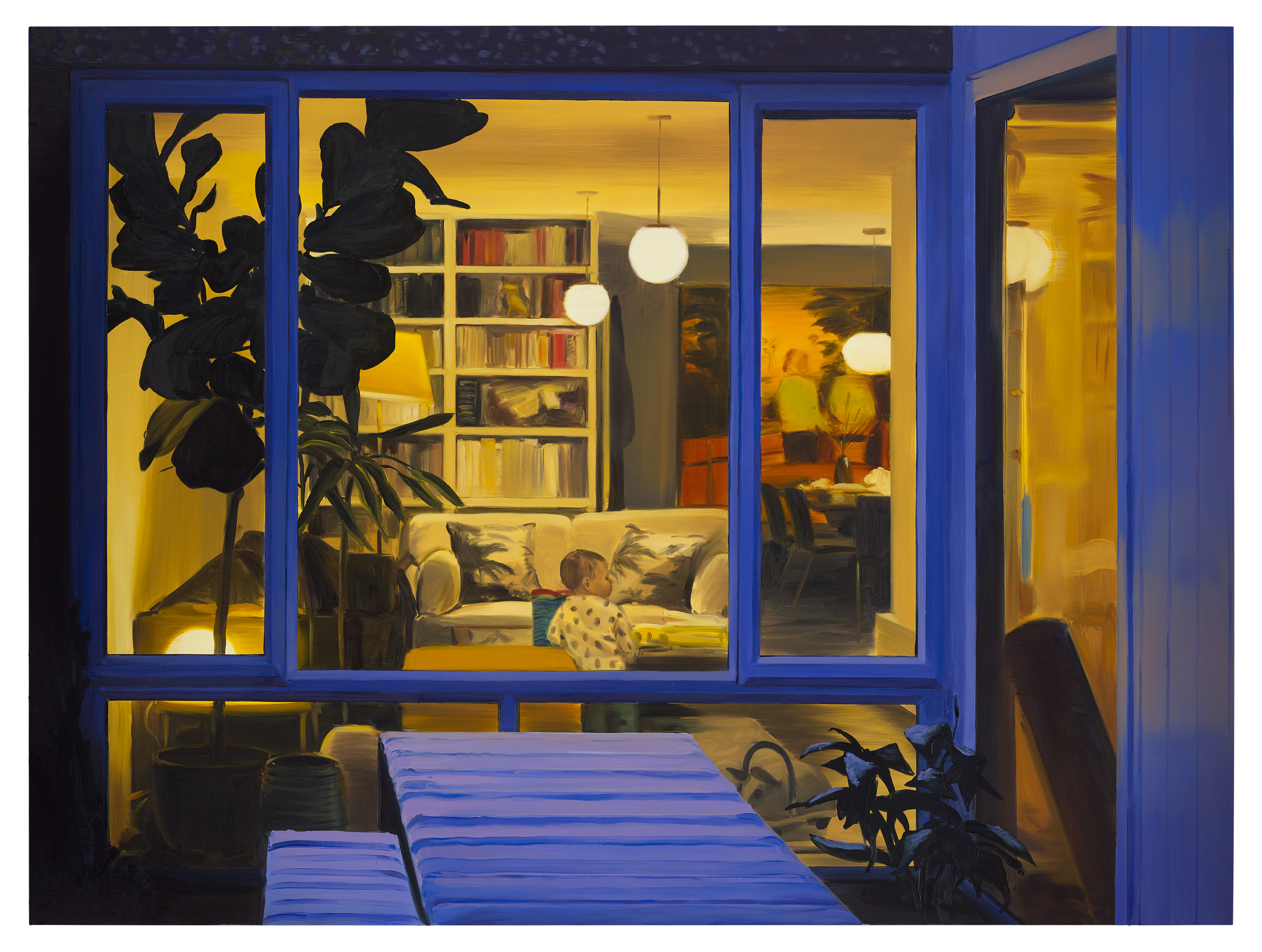 Caroline Walker's new show speaks to women everywhere, including me
Caroline Walker's new show speaks to women everywhere, including me'Everything related to my life with young children, because it's such an all encompassing experience,' the artist says of her new show at the Hepworth Wakefield
-
 Cassi Namoda is rethinking stained-glass windows at Turner Contemporary in Margate
Cassi Namoda is rethinking stained-glass windows at Turner Contemporary in MargateThe artist drew from an eclectic range of references when considering the traditional medium for a Turner Contemporary window overlooking the beach – she tells us more